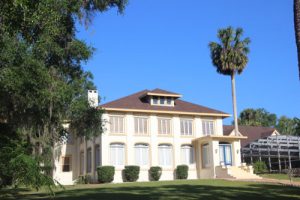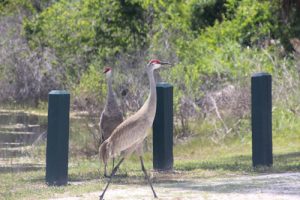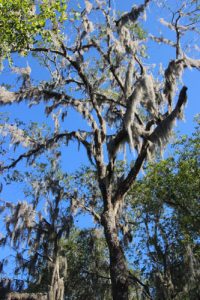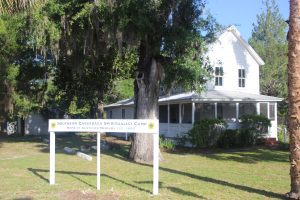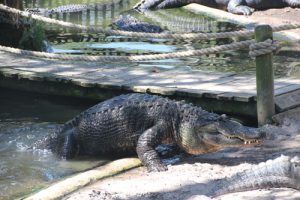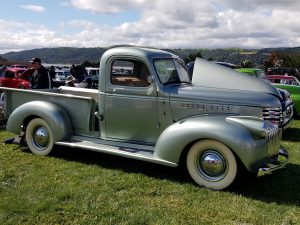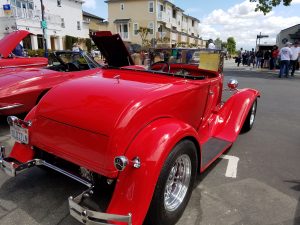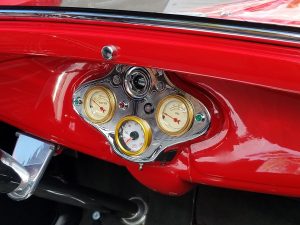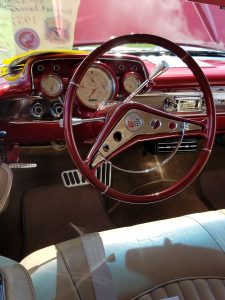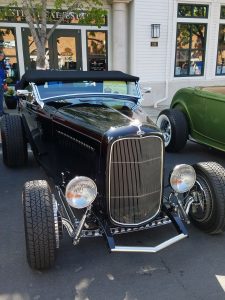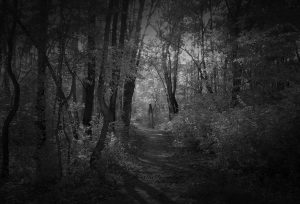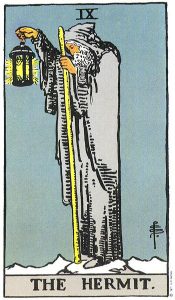I’ve started watching SyFy’s Superman prequel Krypton intermittently.
The opening episode did not impress. It seemed predictable, and Seg-El, Kal-El’s grandfather (or great-grandfather, I’m not sure) was a conventional boring male character; cocky, mostly focused on how good-looking he was, completely lacking in any subtlety or self-discipline. And the world didn’t convince. Since then, the better-developed women characters have drawn me in, but the world… well, I will no longer say it doesn’t necessarily convince, but I have questions. Lots of them.
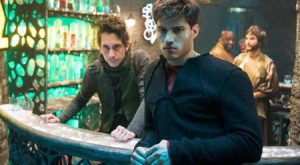
(l) Kem “Can’t afford a last name” the Bartender and Seg “I’m good at Brooding” El (Rasmus Hardiker and Cameron Cuffe.) Photo from Comicbook.com
Krypton could easily be called Kandor, because it takes place, so far, in that city. The Superman Wiki reminds me that Kandor is the city Brainiac shrunk and kept in a jar, which is indeed a plot thread in the series, that is was once the planetary capital of Krypton. The Kryptonian deity was named Rao, the name of their red star, and he (of course it’s a “he”) was a classic sun-god.
Thematically, this is a good choice, since the rationale for Superman’s strength and abilities has always been the difference between the radiation of a red star and a yellow one. Rao is a nice nod to that tradition.
In the series, Rao is the main deity left standing, but the show has said out loud that the Kandorians, at least, used to be pantheistic, and we have seen a representative of one other god. The Voice of Rao is the primary political leader in Kandor, with the so-called Kryptonian Council a mere rubber stamp for his (because, of course, the Voice of Rao is also male) desires.
Raoism has some nice religious trappings. I love that the female servants of the voice (because of course they are all young and female…) wear robes that look like they’re made of newspaper; presumably, the scriptures of Rao are written across them, with a line of text written across each handmaiden’s face like a tattoo. I wonder if you get to choose your own, the way Catholics choose their confirmation names, or it it’s bestowed, or random… like a fortune cookie fortune. The Voice of Rao’s robes also have words, but his are all done in gold. He wears a seven-faced mask to symbolize all the other gods. You know, the ones he won’t let anyone worship.
In spite of all of that, the Temple or Rao, or whatever, doesn’t seem sophisticated enough for this society. Yes, the Voice if Rao is fully engaged in manipulation on the political level, but the ceremonies and rituals (we’ve seen one) are really simple. And while I don’t know the population of Kandor—it might only have about forty-five people for all I know—there is a conspicuous lack of clergy. When Rao decides on a whim to move up a religious festival, by several months apparently, he and his entourage go into the slum area of Kandor and perform a street mass. This is nice and drives the plot in an unexpected way, but does an established religion suddenly decide, for no stated reason, that a holiday has been moved? I think if the Catholic Pope announced that, in 2019, Advent and Christmas
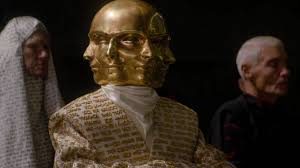
Voice of Rao, proof that you can overdo a good thing. Photo from Entertainment Weekly
would be celebrated in late June and early July, there would be some discussion, and some opinions.
Similarly, the high-tech of Kandor doesn’t fit with the limited science and their scientific ignorance. It might work as a commentary on our current society, but it’s not working in the show. I think it is supposed to show how corruption has stifled curiosity in Kandor, but that needs to be played up. There are a couple of big issues here.
For one, Kandor is already a domed city. That is a nice visual, but why? Well, because it’s basically Fimbul Winter outside. The dome keeps the worst of the weather at bay. The city gets its water from melting ice, so one assumes that the snow’s been out there a while. It isn’t the result of climate change or at least not recent change. The environment is so harsh and unwelcoming that the Kandorians must have considered what is obvious to the viewer; they did not evolve on this planet; either that, or they chose to put their planetary capital in the least hospitable environment on the planet.
Clearly, human-ish life did not develop in this setting, yet in Chapter One, Seg’s grandfather is executed for saying, “We are not alone in the universe.”
Kandor has an entire military guild called the Sagitarri, who protect Krypton “from all enemies.” What enemies? Don’t they mean that they protect Kandor? And against what? Other Kryptonian cities? Who would invade them? Dude, it’s like minus forty degrees out there, and there are no sports. Does Kandor trade? How? There are no supply lines. Do they grow their own food? We see no gardens. Do they process some weird lichen or fungus for food? We don’t know. We see the military guild, the lawgivers guild and of course the Voice of Rao. We see a bunch of “rank-less” slum-dwellers, and we hear about the science guild, but naturally nothing is said about the food guild or the sewer workers’ guild or the people who maintain the dome.

The right accent piece can make a room. Photo from Syfy.com
This gap between what is obvious and what is spoken seems to be part of larger world-building puzzle that may play a part in the story. I truly hope so. Outside the city, in the sub-freezing temps and the winds and the snow, there are ruins that people scavenge in, and an entire underground complex that does not look new. It appears the city of Kandor was once larger, and perhaps more open. I’m really hoping some time gets spent developing that.
The show is beautiful to look at, and the added complexity, once bad-boy Seg has gotten outside the walls, is promising. I really hope some of these questions get addressed because otherwise this is just a costume drama with the emphasis on “costume.” While I am less disappointed than I was with the opener, it still ranks pretty low on my list of Syfy Original series.

